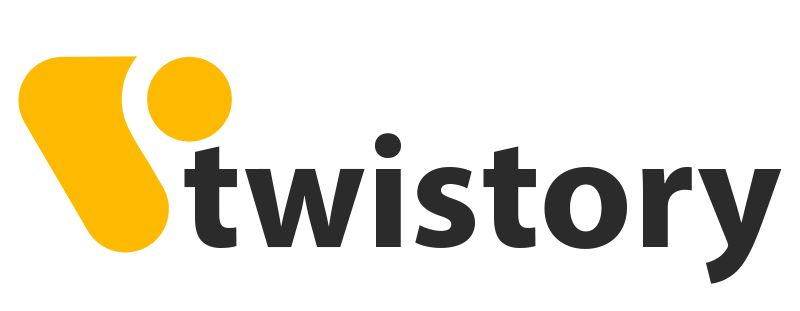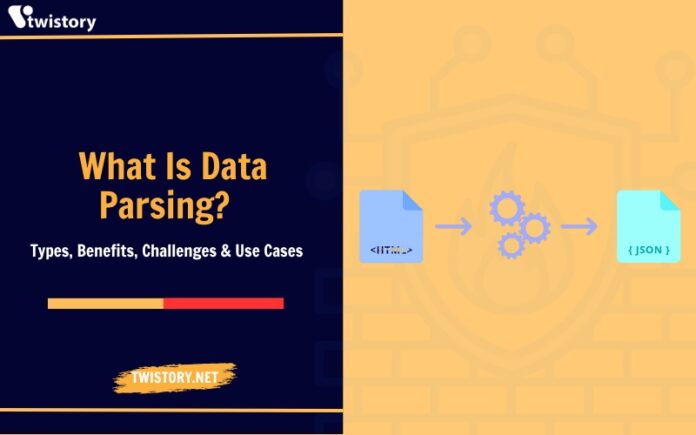If you’re involved in development or frequently interact with a tech team, you’ll often encounter the concept of “data parsing.” At its core, data parsing is the transformation of data from one format into another, more comprehensible format. This description, however, only skims the surface.
In this article, we’ll explore in more detail the intricacies of data parsing in programming. We will also evaluate the benefits and challenges of creating an in-house data parser versus using a pre-built data extraction solution that incorporates data parsing features.
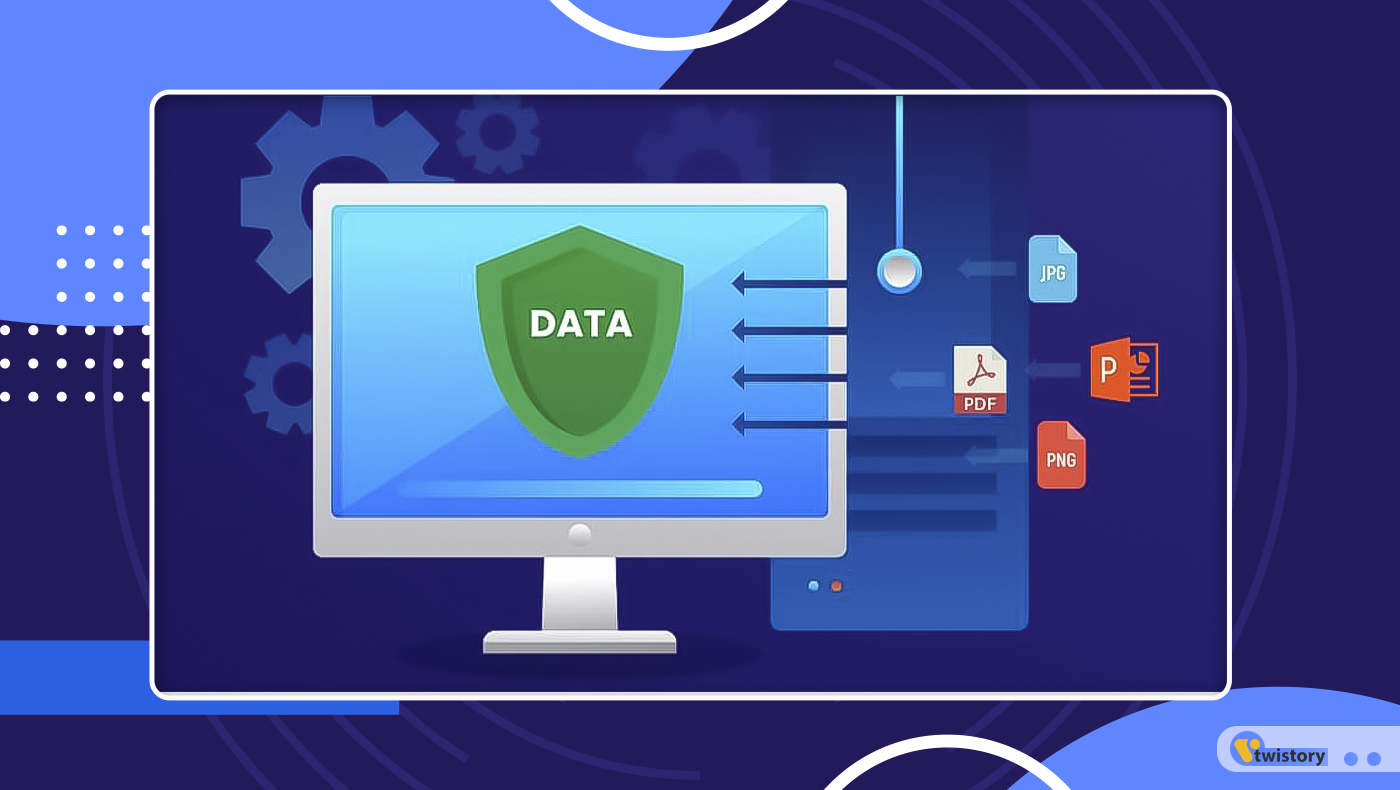
1. What Is Data Parsing?
Data parsing is essentially the transformation of data from one format into another. This process is crucial for organizing data, particularly when dealing with unstructured or difficult-to-read information. The goal is to reshape this data into a format that’s more easily understandable.
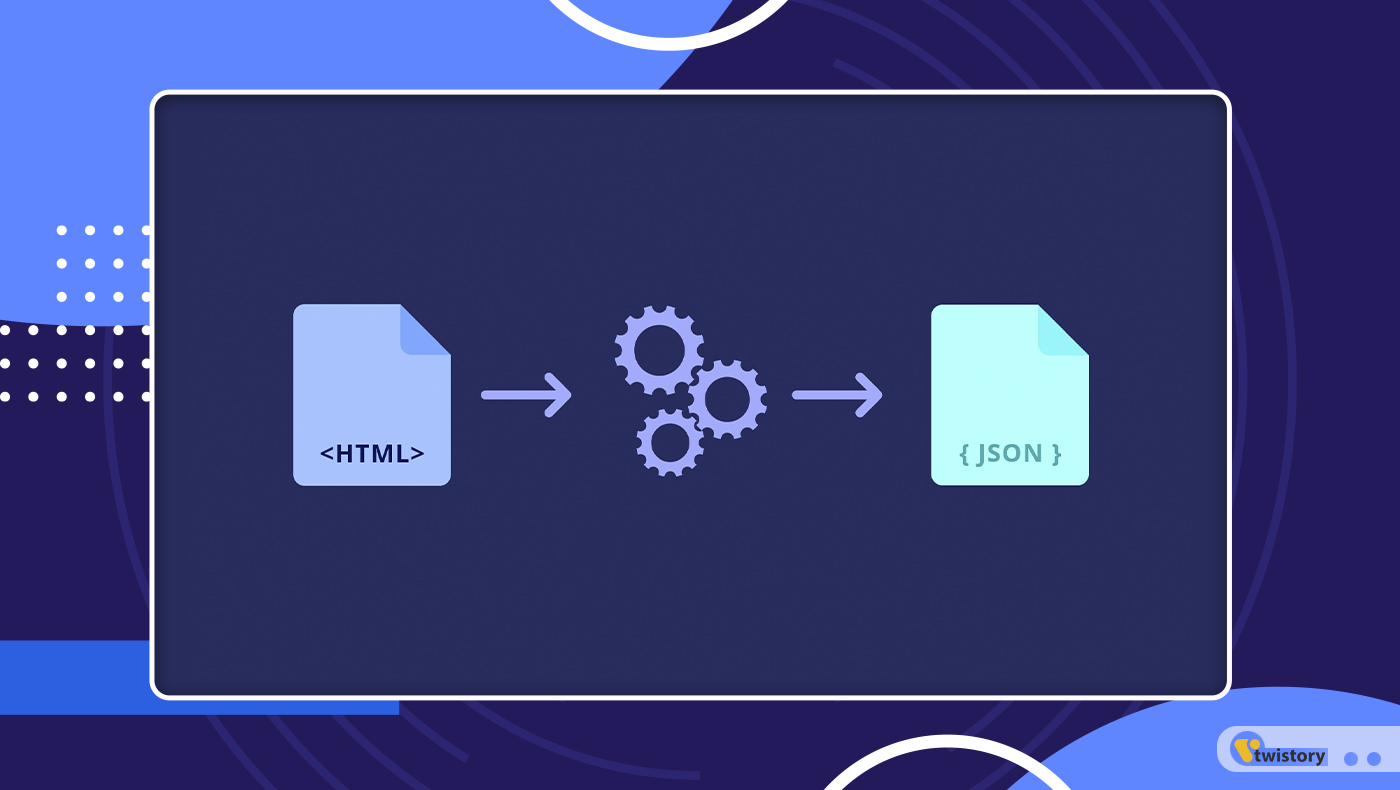
Take, for instance, an HTML file. To the average user, this file can appear complex and hard to decipher. Data parsing steps in to convert this file into a simpler format, like plain text, enhancing readability and comprehension for the viewer.
This technique finds its application across a wide range of sectors, including finance, education, sports, and retail. It’s invaluable for extracting pertinent information efficiently, circumventing the need for time-consuming manual analysis.
2. What Does a Data Parser Do?
A data parser is essentially a tool designed to reformat data. It takes input in one format, processes it, and outputs it in a different format. This process hinges on data parsers, which are often developed in various programming languages. It’s worth noting that there is a wealth of libraries and APIs specifically designed for data parsing tasks.
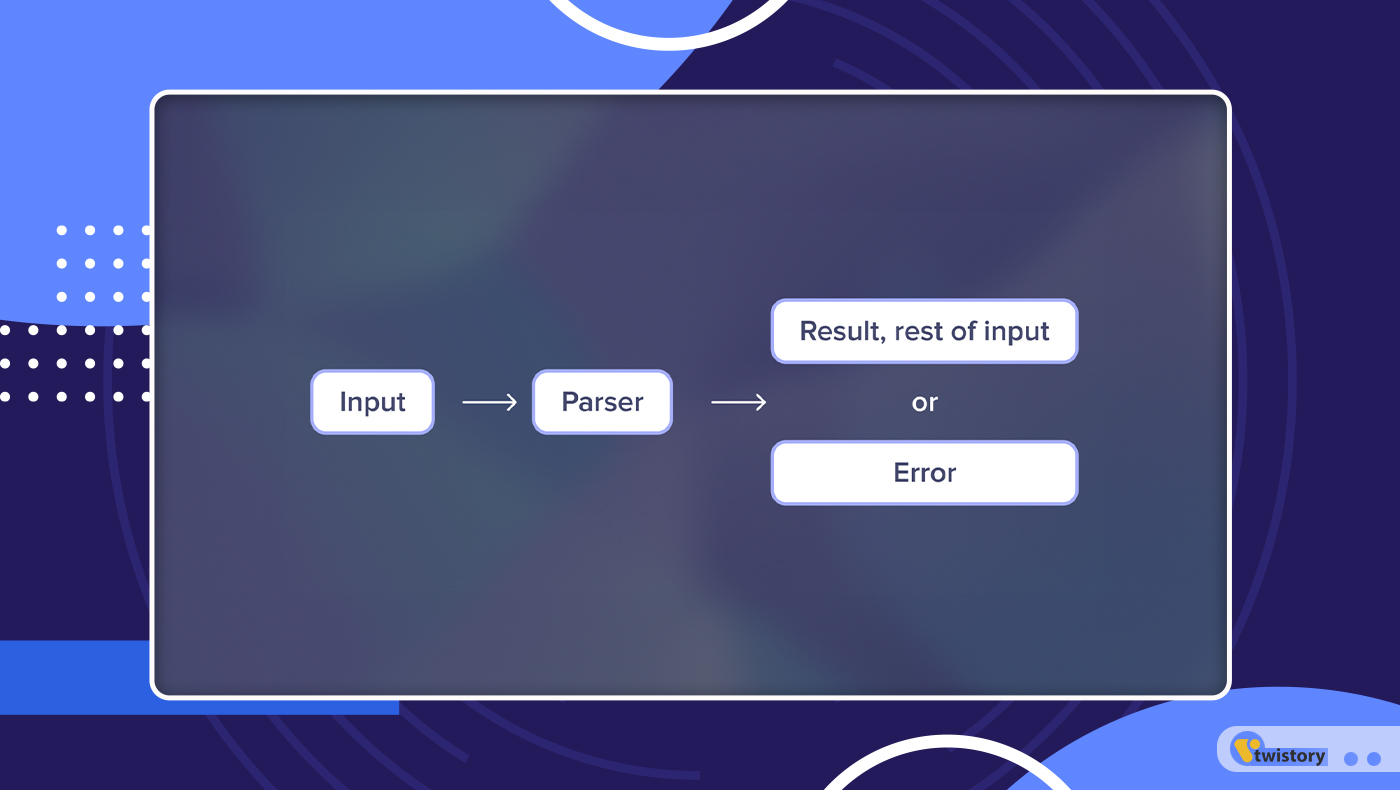
To illustrate how a data parser operates, consider the example of parsing an HTML document. The procedure typically involves the following steps:
- The parser receives an HTML document.
- It reads and stores the HTML code as a string.
- The parser then processes this string to extract specific information.
- If needed, it further processes, cleans, or refines the extracted data.
- Finally, the parser converts this data into another format, such as JSON, CSV, or YAML, or it might write the data to a database like SQL or NoSQL.
The transformation process of a data parser varies depending on the instructions it follows. These instructions could be parameters set in a parsing API or rules defined in a custom script. Interestingly, this process requires no human intervention once set up; the parser autonomously handles the data conversion.
3. Types of Data Parsing
Data parsing, particularly in text analysis, adopts two primary methods: grammar-driven and data-driven. Both approaches aim to extract meaningful information from data, ensuring it aligns with relevant contextual structures.
In grammar-driven data parsing, the process is governed by a predefined set of formal grammar rules. This method involves breaking down sentences from unstructured data and reformatting them into a structured layout. However, grammar-driven parsing can sometimes be rigid, lacking flexibility in handling sentences that fall outside the established rules. To mitigate this, the method often incorporates a degree of leniency in its grammatical constraints, allowing for the inclusion of sentences that initially seem to defy these rules. This approach is particularly effective in text parsing, where it provides multiple analyses for a given string and addresses ambiguities that traditional parsing methods struggle with.
On the other hand, data-driven data parsing leverages probabilistic models, setting aside the more deductive text analysis strategies of grammar-driven models. This method applies a mix of rule-based techniques, semantic equations, and Natural Language Processing (NLP) to structure and analyze sentences. Unlike its grammar-based counterpart, data-driven parsing uses statistical parsers and extensive treebanks, achieving wider language coverage. This approach is particularly adept at parsing conversational languages and sentences that demand precision, especially in cases involving domain-specific data that hasn’t been labeled.
4. Benefits of Data Parsing
Data parsing offers a range of advantages, cutting across various industries. Here’s an exploration of why embracing data parsing is a smart move.
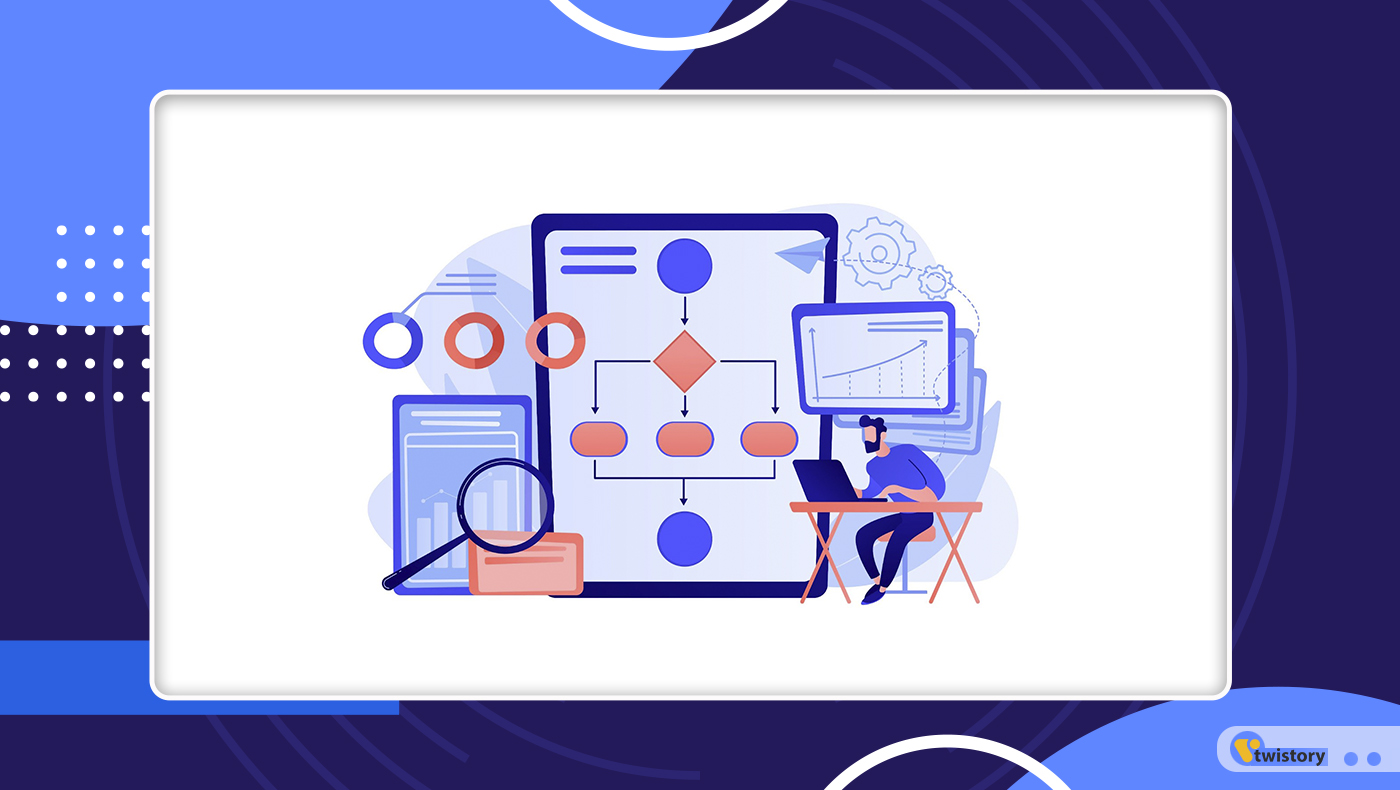
- Enhancing Workflow Efficiency: A primary benefit of data parsing lies in its ability to sift through vast amounts of data, streamlining and rendering it more understandable. This capability significantly boosts an organization’s efficiency and productivity.
- Time Conservation: Data parsing tools equip businesses with algorithms or tools to efficiently extract data from its original form. By converting and automating this process, what traditionally required manual intervention is now expedited. This acceleration not only speeds up operations but also frees up human resources for more impactful tasks.
- Enhanced User Experience: Handling large volumes of data can be daunting in terms of usage, extraction, management, and analysis. Data parsing enhances accessibility and searchability of this data. It transforms files that might be cumbersome for a company’s computers to process into more manageable formats. This transformation not only simplifies internal processes but also results in more user-friendly outputs for professionals.
- Data Modernization: Businesses often hold onto data that dates back years, possibly in outdated formats. This historical data, though potentially invaluable for understanding a company’s evolution, can be challenging to utilize in its current state. Data parsing adeptly converts this data into formats that are relevant and usable in today’s context, potentially unlocking critical insights for future strategies.
5. Challenges in Data Parsing
Managing the complexities of data parsing brings its own unique challenges, each demanding meticulous attention and strategic approach.
- Addressing Errors and Discrepancies: When it comes to data parsing, one often encounters raw, unstructured, or semi-structured data teeming with errors and inconsistencies. A prime example is HTML documents, which, despite being rendered correctly by modern browsers, can contain numerous syntax errors such as unclosed tags or non-compliant HTML content as per W3C standards. These issues necessitate a sophisticated parsing system capable of intelligently rectifying these discrepancies.
- Managing Voluminous Data: The act of parsing data is resource-intensive and becomes even more challenging with the involvement of Big Data. To efficiently manage this, parallel processing of multiple documents may be required to accelerate the parsing while simultaneously being mindful of the increased resource consumption and complexity this entails.
- Adapting to Diverse Data Formats: A proficient data parser must be versatile enough to accommodate a variety of input and output formats. Given the rapid evolution of data formats in the IT sector, it’s crucial to continually update and enhance your parser’s capabilities. Additionally, it should support various character encodings to ensure compatibility across different platforms like Windows and macOS.
6. Use Cases of Data Parsing Tools
Data parsers have become indispensable tools across various industries, streamlining operations and enhancing decision-making processes. Let’s see how they are applied in different fields:
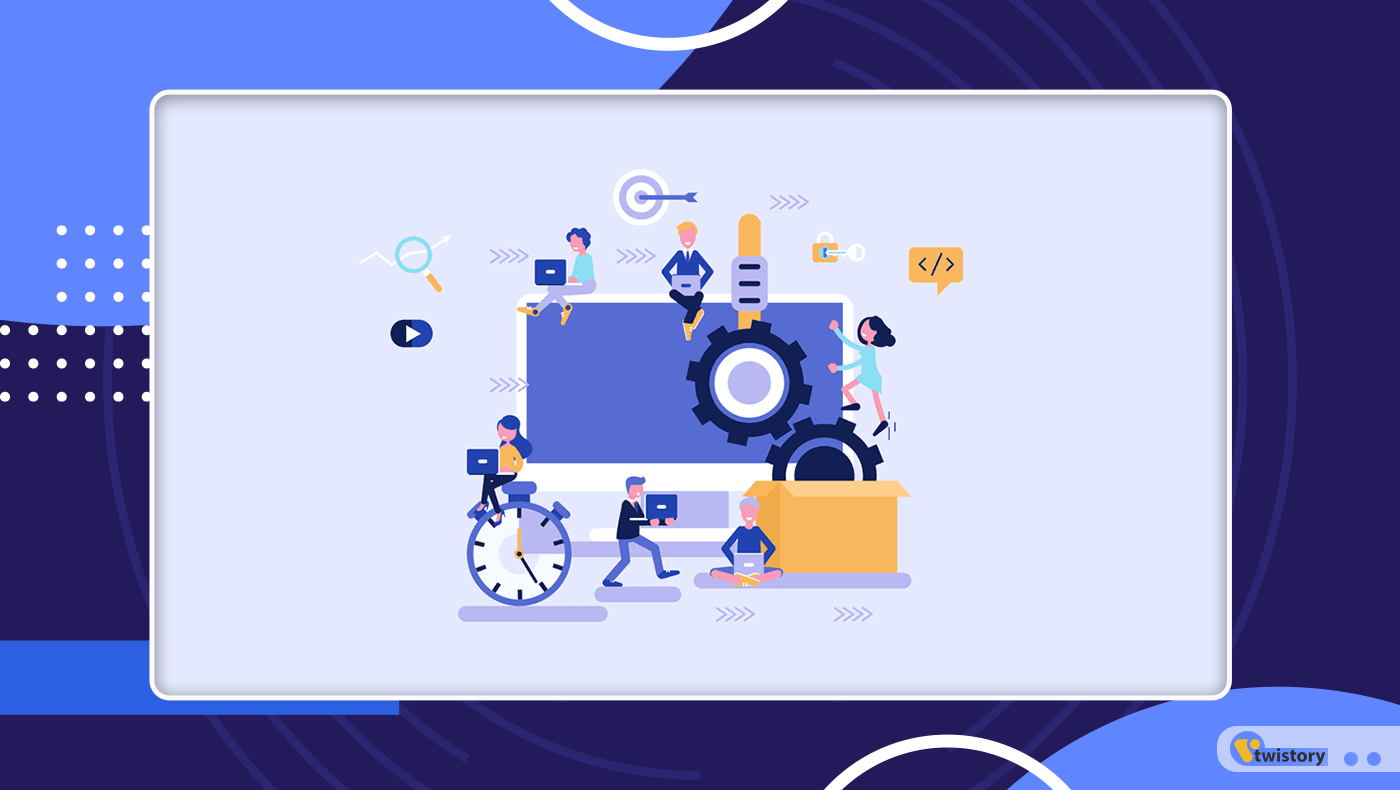
- Optimizing Business Operations: In the business world, data parsers play a pivotal role in structuring unstructured datasets into actionable insights. Companies leverage these tools to refine their data extraction processes, significantly boosting efficiency. Fields like investment analysis, marketing, and social media management benefit greatly, with professionals such as data analysts, programmers, and marketers experiencing a noticeable uptick in productivity.
- Finance and Accounting Sector: Banks and non-banking financial companies (NBFCs) utilize data parsing to sift through vast customer databases, extracting key information from applications. It’s instrumental in analyzing credit reports, assessing investment portfolios, verifying incomes, and gaining precise customer insights. Furthermore, these tools assist in determining loan interest rates and repayment schedules.
- Shipping and Logistics Management: In the realm of e-commerce, data parsers are vital for extracting billing and shipping details. They ensure that shipping labels are managed correctly and that the data format aligns with operational needs.
- Real Estate Industry: Real estate agencies employ data parsing to process information from emails and CRM platforms, providing agents with critical data like contact details, property addresses, cash flow statistics, and lead sources. This wealth of information supports strategic decisions in buying, renting, and selling properties.
- Investment Analysis: For investment professionals, parsing tools are key in gathering and analyzing extensive data relevant to equity research, start-up evaluations, earnings forecasts, and competitive analysis. Pairing web scraping with data parsing not only streamlines this process but also offers deeper analytical insights, allowing for more informed business decisions.
7. Building Vs. Buying a Data Parsing Tool
When it comes to equipping your company with a data parsing tool, the decision to build it in-house or purchase a ready-made solution can be pivotal. Each option has its distinct set of advantages and challenges.

7.1 Building a Data Parsing Tool
Let’s look at the pros and cons of building parser data tool:
Pros
- Customization: Building your own data parsing tool allows for a high degree of customization, tailoring the tool specifically to your company’s unique requirements. This can be a game-changer for businesses with specific parsing needs.
- Cost-Effectiveness: In some cases, it can be more economical to build a parser in-house, especially if you already have the necessary resources and expertise.
- Control: Developing your own parser puts you in the driver’s seat, giving you full control over updates, maintenance, and the overall functionality of the tool.
Cons
- Training Requirements: Implementing an in-house built parser often involves training your staff, which can be time-consuming and resource-intensive.
- High Initial Costs: The initial investment in terms of time, resources, and manpower for building a custom parser can be substantial.
- Planning and Infrastructure: Custom solutions require extensive planning and may need dedicated servers for efficient operation, leading to additional expenses.
- System Compatibility: If system migration occurs, there’s a risk that your custom parser might not be compatible with new systems, necessitating further upgrades.
- Ongoing Maintenance: Regular maintenance and updates of an in-house parser can incur ongoing costs and require dedicated attention.
7.2 Buying a Data Parsing Tool
Let’s look at the pros and cons of buying parser data tool:
Pros
- No HR Expenditure: Opting for a purchased parser eliminates the need for human resource expenses related to development and maintenance.
- Quick Problem Resolution: Any issues with a purchased parser are typically handled swiftly by the vendor, who has extensive knowledge and experience with their product.
- Reliability: Commercial parsers are rigorously tested and refined to meet market demands, reducing the likelihood of crashes or performance issues.
Cons
- Reduced Control: A purchased data parser may not offer the same level of control or customization as a bespoke in-house solution.
8. Conclusion
In conclusion, the world of data parsing presents a dynamic landscape of opportunities and challenges. Whether you choose to build a bespoke parser tailored to your specific needs or opt for a robust, ready made solution, the benefits of integrating data parsing tools into your business processes are undeniable. From enhanced efficiency to deeper insights, data parsing is a crucial component in the data-driven decision making of modern enterprises.
To better understand and discuss this and other cutting-edge technological advances, be sure to explore our many blogs at Twistory. Immerse yourself in a world where technology meets practicality and stay ahead of the ever-evolving digital landscape. Join us at Twistory for more engaging and informative content while enhancing your tech knowledge and more!
